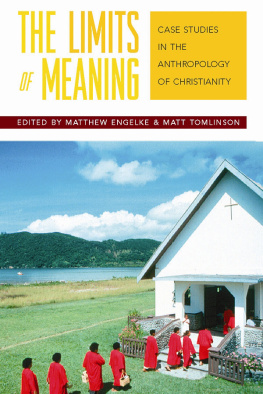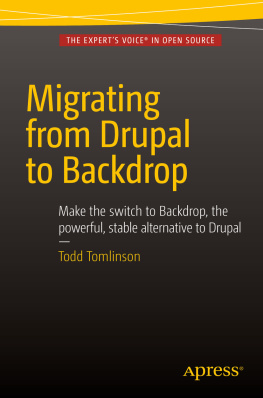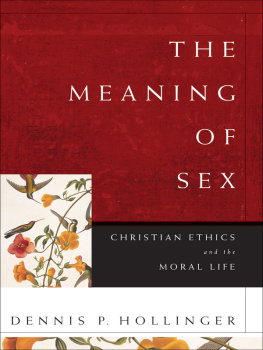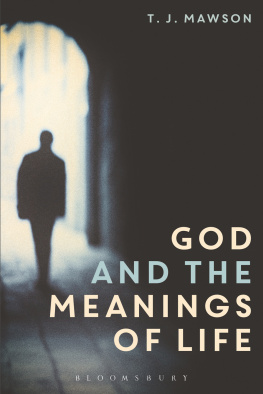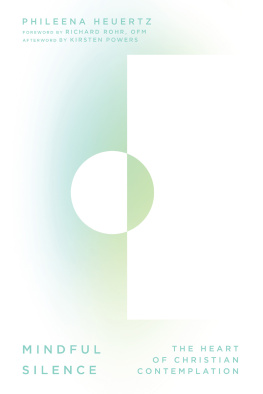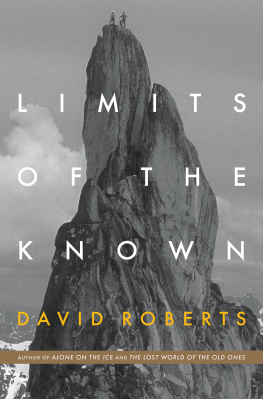ACKNOWLEDGEMENTS

The papers in this collection (with the exception of the chapters by Ilana Gershon and Andrew Orta) were originally presented in a session entitled, Christian Ritual and the Limits of Meaning, at the 2002 meetings of the American Anthropological Association in New Orleans. We would like to thank the authors for their contributions to and comments on the larger project. We would also like to thank the other participants in the AAA session who, for various reasons, could not contribute to the volume, but whose thoughts and ideas helped shape it: John Barker, Carol Delaney, Johannes Fabian, Debra McDougal, and Hirokazu Miyazaki. More recently, Michael Scott and Webb Keane offered very helpful advice on draft versions of , while Robert Hefner and an anonymous reviewer gave us excellent suggestions on the volume as a whole. Alas, the shortcomings and omissions that remain are our responsibility. At Berghahn Books, we are grateful to Marion Berghahn, Michael Dempsey, and Jaime Taber for shepherding this project through with care and alacrity. And thanks finally to Emilie Hitch for the thankless job of copy editing.
ME & MT
December 2005
AFTERWORD: ON LIMITS, RUPTURES, MEANING, AND MEANINGLESSNESS

Joel Robbins
Throughout his book Empire of Signs, first published in French in 1970, Roland Barthes sustains a comparison between a place he calls Japan and one he calls the West. The comparison turns on the possibility of a differencein the propriety of symbolic systems between the two places (Barthes 1982: 3-4). His point is not to show that symbolic systems in the two places are different in the sense that they are possessed of different meaningsin a scholarly world punch-drunk on Saussurean insights and Levi-Straus's anthropological appropriation of them, that would not have been news. Rather, what Barthes wants to demonstrate is that the two systems actually work differently and that in particular they orient differently to meaning. Indeed, meaning is only the proper object of one of them. This becomes clear in the key chapter of the bookthe chapter entitled The Breach of Meaningin which we finally discover that Japan is understood as an empire of signs by virtue of its difference from the West, which is an empire of meaning (Barthes 1982: 70).
The burden of Barthes argument is to demonstrate that the Japan of haiku and Zen koans, of elaborate politeness routines and presents in which the wrapping very much outdoes the gift, does not insist on signs bearing meaning in the way the West does. We should not be concerned here with whether he succeeds in making that argument convincingly, and even less so with whether he got Japan right. Although he visited Japan three times before writing the book, he was only there for a few weeks all told (Calvet 1995: 153). Moreover, he establishes from the outset that the Japan he talks about is his creation, a foil he constructs to point to our need someday to write the history of our own obscurity (Barthes 1982: 4). More interesting for present purposes than whether his argument about Japan is correct, then, is the way he uses his foil to draw out what lies behind the attachment to meaning in the West.
In the same key chapter of the book in which we learn that the West is an empire of meaning, Barthes turns to slightly more evocative phrasing to tell us that the West moistens everything with meaning, like an authoritarian religion which imposes baptism on entire peoples (Barthes 1982: 70). Readers of the book up to the point at which this statement appears will recognize that Barthes simile is a motivated one, for he thinks that the Western problem of meaning is a specifically Christian inheritance, one that depends on the Christian metaphysics of the person in which the soul is interior and authentic and is the seat of meaning on earth, as God is in Heaven, and in which both people and God invest signs with meaning in order to express themselves (Barthes 1982: 65). And furthermore, through Christianity, the problem of meaning, of making it and finding it, confronts Westerners as an imposition, is experienced with a compulsive force; finding and making all of life meaningful is not an option, it is a duty. It is the compulsiveness of Christian meaning making in the West that renders meaning an unmarked term and meaninglessness a matter of special comment and harsh evaluation. It is, for Barthes, the Christian compulsion to moisten the world with meaning that raises the anxiety in people that they may have missed a spot, left a dry patch of senselessness that puts their whole project of salvation at risk. At the most general level, that possibility is what makes the papers collected here, so many of them taken up with moments of bone dry significative failure, ethnographically compelling and at times individually and certainly in the aggregate theoretically challenging as well.
I turn to Barthes at the beginning here for three reasons. First, he reminds us of the importance of comparative considerations in framing the topic of meaninglessness and religion. Comparison remains largely implicit throughout this book. No one, for example, takes the bait of examining some other religious tradition or traditions in detail to see if the vantages they could provide would frame the volume's core concerns differently (cf. Staal 1993). This is precisely what Barthes quite explicitly does do, and in so doing, even if he won't vouch for the truth of his account of Japan, he gives some force to the notion that meaning as it is taken up in these accounts is very much a Christian concern.
The second reason for starting with Barthes the semiologist is to emphasize the way in which meaning and meaninglessness really do succeed in staying in focus as the central topics of this volume. A majority of the contributors recognize the relevance to their concerns of Asad's (1993) critique of Geertz's definition of religion as too much built around Christian notions of belief to be universally applicable. And they are right to do so. In fact, at a crucial point in his set of reflections on Geertz's piece, Asad very much echoes Barthes allusion to Christianity as an authoritarian religion which imposes baptism on entire peoples when he asserts that what Geertz misses when he notes that religions have to be meaningful, have to affirm something, is that by virtue of the requirement of affirmationthe entire field of evangelism was historically opened up, in particular the work of European missionaries in Asia, Africa, and Latin America (Asad 1993: 43). But even as they follow Asad and Barthes before him in locating the problematic of meaning within Christianity, they do not follow Asad in subordinating issues of meaning to those of discipline and power. Many situations that look ripe for analyses framed in the familiar language of discipline, power, domination, and resistanceMasowe prophets chastising their flocks, American NGO workers telling their sleeping African colleagues how to live, West Papuans turning Christianity to the cause of independence, a Fijian refusing to offer a sermon, even a Swedish preacher trying to force his audience to see the value of a moment of silencego unanalyzed in such terms. In this respect, even if the structuralist/semiotic framework that Barthes was steeped in and working his way out of when he wrote Empire of Signs is not much in evidence in these papers, still their authors develop their arguments within the universe of discourse that the structuralist/semiotic framework and others focused on meaning (ably reviewed in the introduction) did so much to establish.
There is, finally, a third reason to start with this little book of Barthes. The fact that Barthes was working his way out of structuralism when he wrote
Next page
